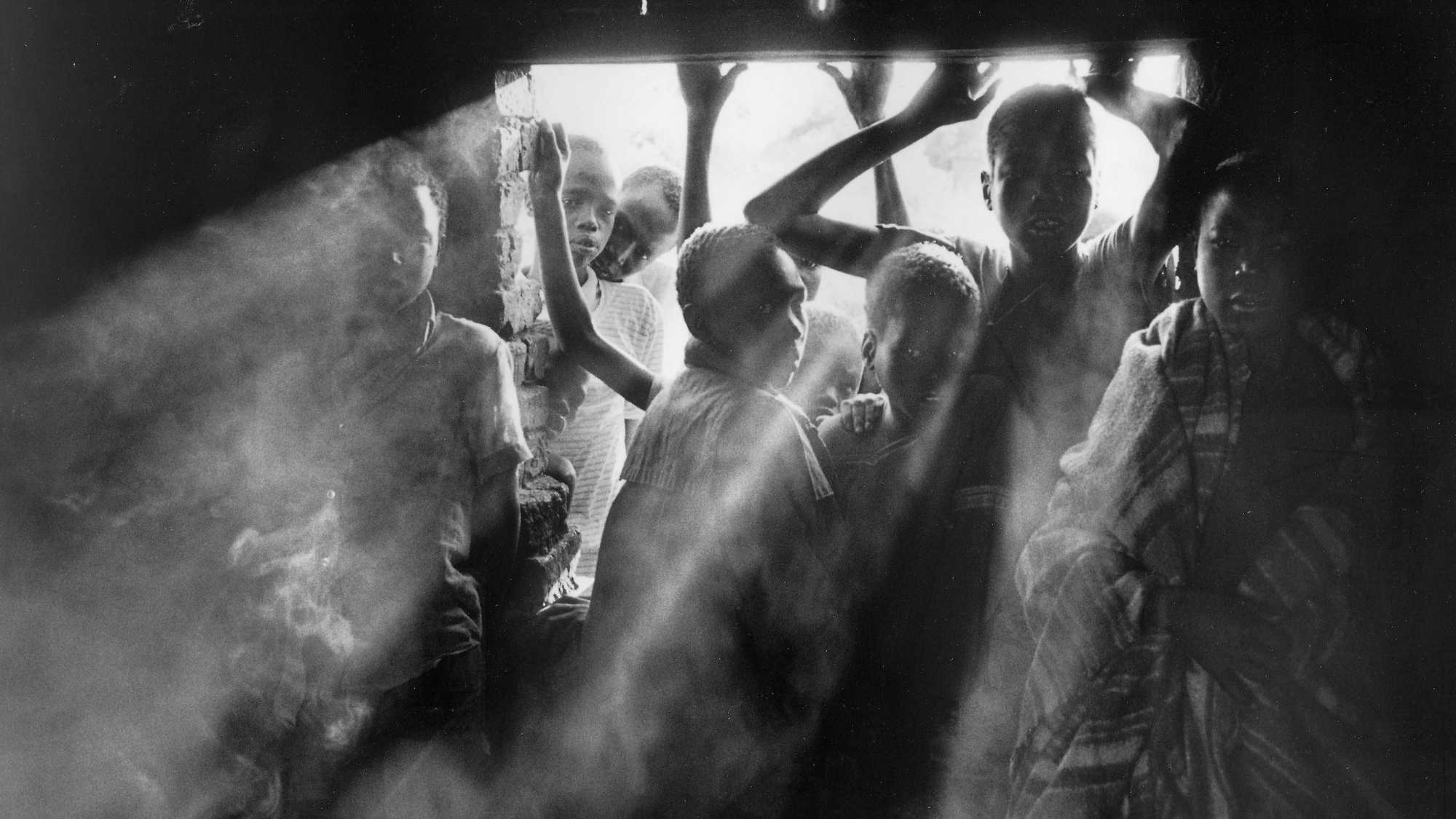
Screened as part of NZIFF 2001
The Spectre of Hope 2000
The Spectre of Hope assesses the value of the photography of Sebastião Salgado in representing ‘the 80 percent of the world’s population who do not reap the advantages of globalisation’. Over the past 30 years, Salgado’s work has been awarded many major prizes for photographic excellence. More importantly, so far as this film is concerned, his photographs have had actual impact on the world and how it is seen, bringing conditions of famine and poverty to the attention of a jaded first world in a profound and arresting way.
For his most recent collection, Migrations, Salgado spent six years travelling to 43 countries, photographing people pushed from their homes and traditions to cities and their margins, to slums and streets and refugee camps. His most recent work consists of posed portraits of some of the estimated 350,000 children living without parents in camps in Mozambique.
In The Spectre of Hope, director Paul Carlin displays Salgado’s remarkable photographs with a quiet solemnity, letting each image speak for itself. The photographs are intercut with a conversation about the purpose of his work between the photographer and art critic John Berger, a longstanding commentator on the human consequences of social and economic change. — BG
Globalisation means many things. At one level, it talks of trade, which since the sixteenth century has exchanged goods and now, increasingly, ideas across the globe. But globalisation is also a view of the world – it is an opinion about man and why men are on the world. One in five of all the people on the globe benefits from this system. Four in five suffer in differing degrees from the new unnecessary poverty. Part of the fanaticism of the economic system that we now call globalisation, part of its bigotry, is that it pretends that no alternative is possible. And it’s simply not true…
In the 1940s the French philosopher Simone Weil wrote this – a kind of summing up, I think, of what Salgado was saying: ‘There are only two services that images can offer the afflicted. One is to find the story that expresses the truth of their affliction. The second is to find the words that can give resonance, through the crust of external circumstances, to the cry that is always inaudible: why am I being hurt?’ — John Berger, The Guardian, 28/5/01